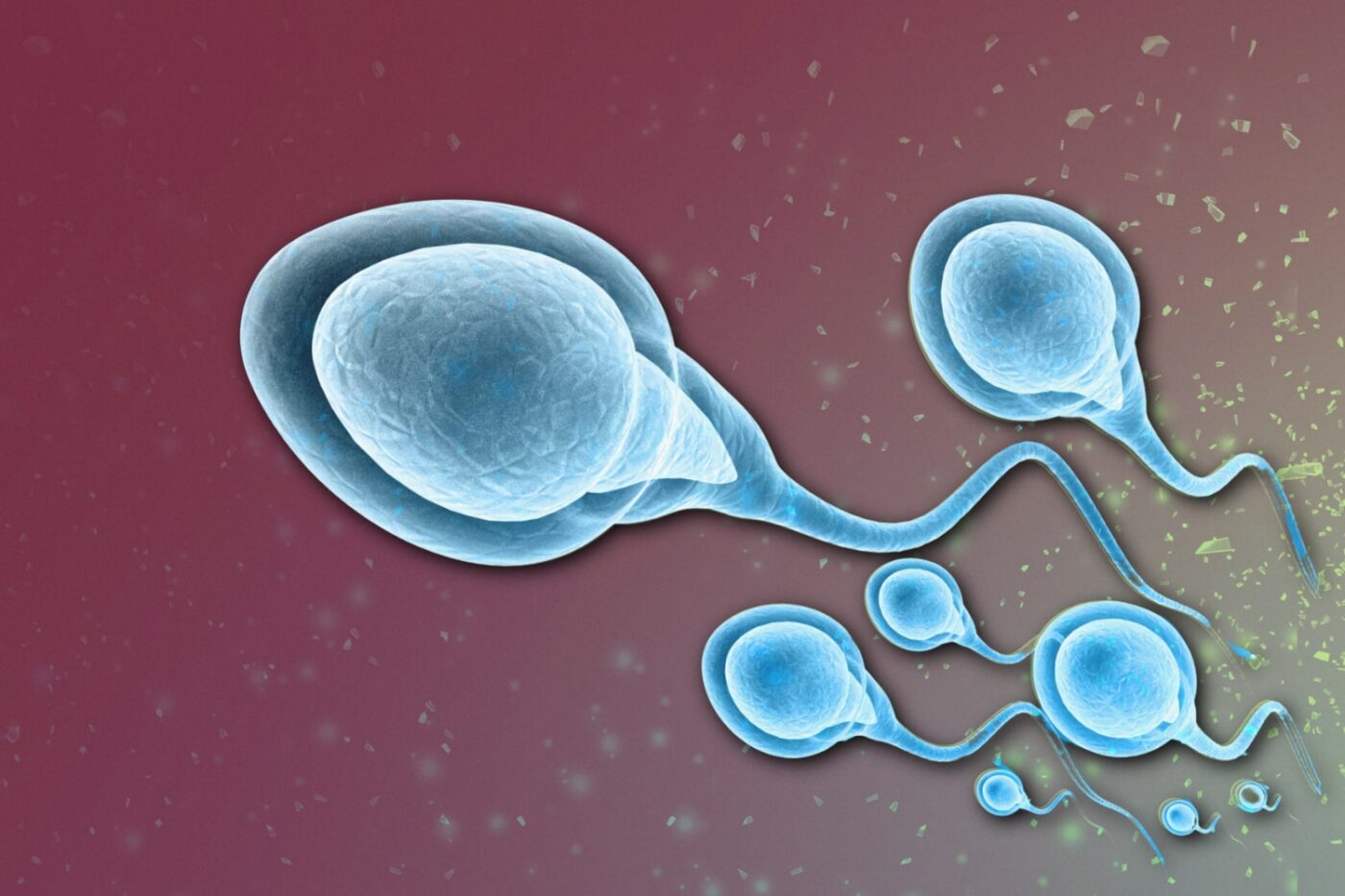A new male contraceptive gel has been deemed safe and effective, but there’s one major obstacle to its widespread rollout.
Knowing the interior design green flags to get a prospective partner through the front door is one thing, but indulging in amorous relations without bringing on that most dreaded of all STDs — a child — is another issue altogether. While the discovery of a sperm-killing gene last year marked a great leap forward, a new treatment may be about to seal the deal.
A new male contraceptive gel, hailed as both safe and effective by medical professionals, has emerged as a promising addition to the far too limited options available for male birth control. The Population Council, in collaboration with the UK’s National Institutes of Health, stands at the forefront of this breakthrough, but there’s one small detail that stands between the new treatment and the eager hands of men everywhere.
RELATED: How To Find The Right Partner For A Relationship
A Promising Solution
The gel, a combination of Nesterone and testosterone, has shown remarkable results in clinical trials. When applied daily, it reduces sperm counts to below one million per millilitre, a massive drop from the usual 15 to 200 million. Participants in the study reported minimal side effects, no more severe than what one might experience with any other common topical solution. Logan Whitehead, a 24-year-old participant, said this:
“It was basically like a hand sanitiser solution… smelled like hand sanitiser, looked like hand sanitiser.”
Whitehead noted very minor side effects such as mild acne and slight weight gain, which he frankly attributed to a less active lifestyle rather than the gel itself. For him, the convenience of the gel outweighed any minor inconveniences: “The gel was such an easy process,” he said. “It was basically like taking the pill for the day.”

The Catch: Cash Flow
While the gel shows great promise — arguably greater than any male contraceptive treatment thus far — there’s one significant catch: there just isn’t enough money in the struggling British healthcare system to push the drug to the final stage of widespread trial and, from there, a nationwide rollout.
Daniel Johnston, NIH’s contraception expert, acknowledged this hurdle but ultimately remained optimistic:
“We’ve been pushing for hormonal male contraceptives for 50 years… But there isn’t enough money available to really drive something through a very large phase 3 trial.”
If this challenge can be overcome — which will likely require the political will for it to be placed at the top of the NHS’ massively overburdened agenda — the gel’s approval could revolutionise the landscape of male contraception. Currently, men have limited choices — primarily condoms or vasectomies — with women still bearing the brunt of birth control labour. An effective, reversible, and minimally invasive option like this gel could shift the paradigm.

Researchers and advocates hope that successful trials will spur pharmaceutical companies to invest more in male contraceptive research. “We’ve been chasing this for a long time,” Johnston remarked. “I hope we’re entering new territory.”
While cash flow no doubt represents a big hurdle, the benefits and minimal side effects offer a promising alternative in the long-stagnant world of contraceptives. If the gel can make it to Phase 3 trials, your love life could be about to change in a very big way.
